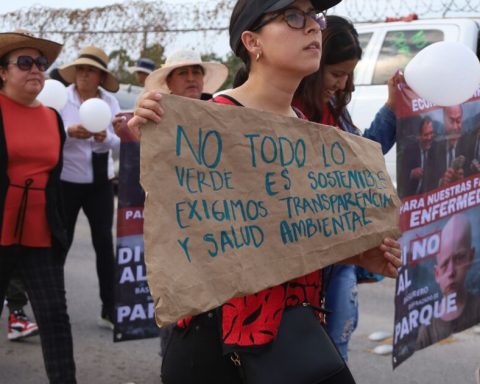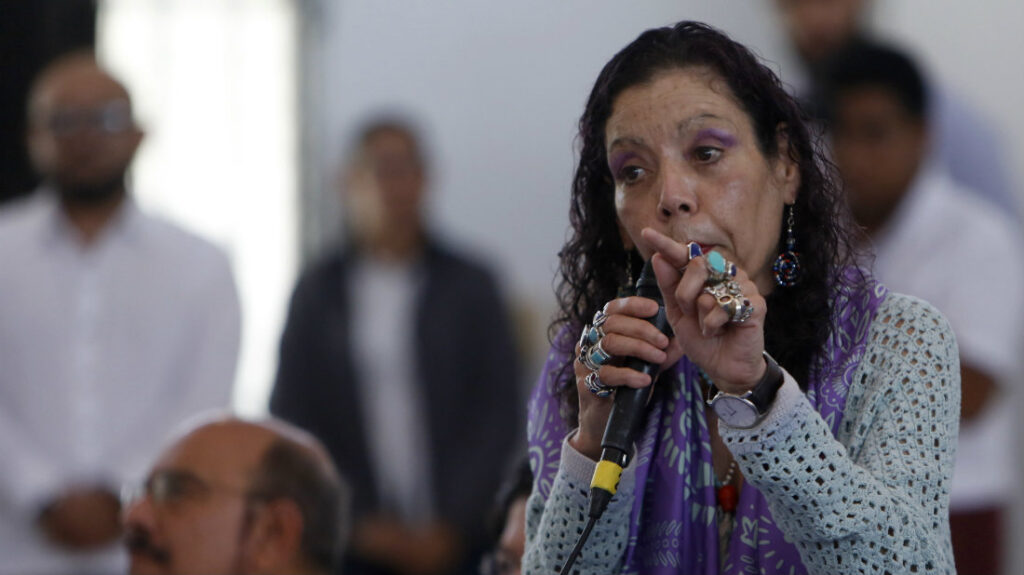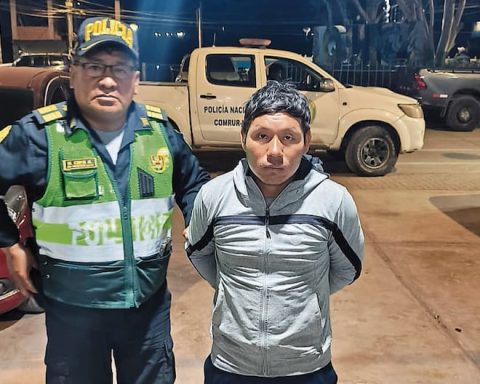Angelica Enciso L.
Newspaper La Jornada
Monday, January 16, 2023, p. eleven
The Sembrando Vida program, for the care of one million hectares and around 450,000 peasants, each year has had an average of 6.4 times more resources than those provided annually by the National Forestry Commission (Conafor) to fight fires and execute programs of sustainable development in forest areas, where close to 12 million people reside.
The aforementioned program, between 2019 and 2021, provided an average of 24 thousand 154 million pesos per year, with a total of 72 thousand 435 million pesos, while the Conafor in 14 years (2007 and 2021) only received 3 thousand 747 million pesos on average per year, with a total of 52 thousand 471 million pesos.
According to the report Status of the forestry sector in Mexico 2021 of Conafor, disclosed a few weeks ago, Sembrando Vida, which is operated by the Welfare Secretariat, was developed in 28 territories of 983 municipalities, 23,763 localities and 8,995 common lands.
At the end of 2021, it reported the planting of 723 million plants of tree species, as well as the installation of 14,621 nurseries, 14,621 biofactories, and generated 450,000 jobs for the same number of program beneficiaries.
Meanwhile, Conafor, through its different programs, in 2021 provided 2,890 million pesos for 1,620 agricultural nuclei in 32 entities, and those with the most resources, around 300 million pesos, were Chiapas and Oaxaca.
In this context, from 2014 to 2021, the trade balance of forest products registered annual deficits of around 6 billion dollars, with the exception of 2020, when it was 5 billion dollars. Throughout the period, the largest deficits were recorded in timber products and paper, the agency reported.
The report indicates that there are currently 2,730 valid authorizations for the use of timber forest resources. They cover around 10.82 million hectares, of which more than 59 percent correspond to forest area, but only 3 million are destined for production. Of the current programs, only 34 percent are from ejidos and 6 percent from communities, the rest belongs to individuals.
It adds that Durango, Chihuahua, Oaxaca, Quintana Roo and Jalisco together represent 75 percent of the total supported area and the first two have the highest use of wood and non-timber products, which can be resin, lichens and fungi. In this area, other states with important production are Coahuila, Zacatecas, Chihuahua, Guerrero and San Luis Potosí.
Social ownership: 49%
He points out that in the country, the community tenure regime of most of the forest land represents a unique case in the world, currently 49 percent of the national territory is still social property: 32 thousand 210 ejidos and communities are owners of 96 million hectares and of these, 16 thousand 944 own 70.6 million hectares.
According to an analysis by Salvador Anta, of the Mexican Civil Council for Sustainable Forestry, the problems in forest regions worsen without a budget and without personnel from government institutions present in them.
For example, “organized crime has spread to forest areas and many communities and ejidos have problems with criminal groups that try to control these regions and request to be charged for ‘land rights’ knowing that in these nuclei they obtain resources for forestry activity.















